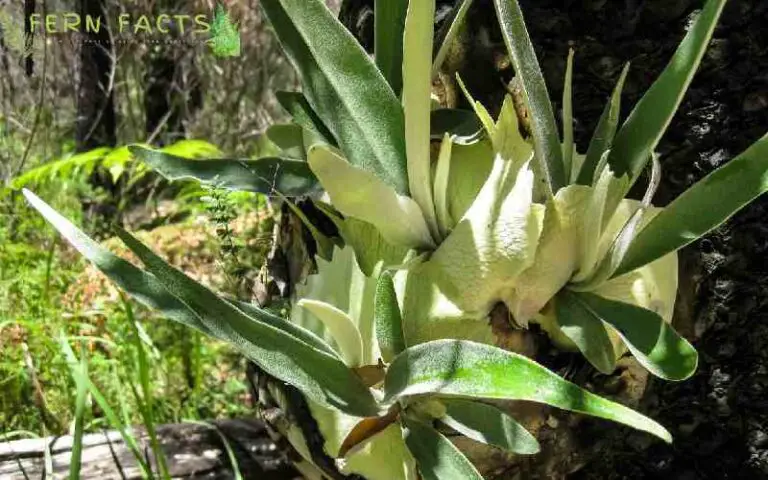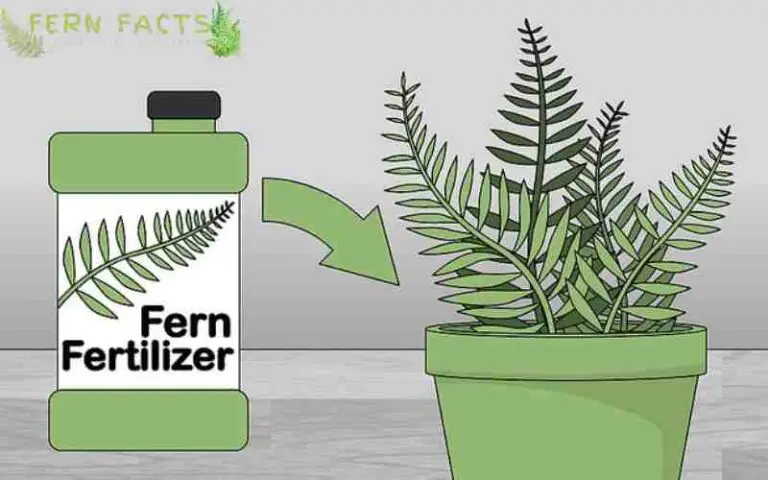How to Revive Your Frozen Boston Fern
Do your Boston ferns become frozen in winter? It’s one of the common problems of Boston ferns since they are humidly loved plants.
If the temperature drops below 30 to 40%, then there is a high chance they might freeze. Hereby, in this article, I’ll give you a brief idea about Boston Fern’s overall characteristics along with the guidelines for you.
In the guidelines, I’ll give you several tips to revive your frozen Boston ferns. So let’s not wait anymore.
Overview of Boston Fern
- Botanical name: Nephrolepis exaltata
- Common names: sword fern, blue bell Fern, tuber ladder Fern, fishbone Fern
- Plants: Evergreen
- Native range: America
- Native habitats: moist shady locations like humid forests, swamps, and floodplains
- Shade requirements: partial shade or full shade
- Height: 20 to 98 inches
- Soil: acidic soil (6.0 to 6.5), moist well-drained, drought tolerant
Boston Ferns are also recognized as sword fern or blue bell Fern, tuber ladder Fern or fishbone Fern in many local coun, tries.
Their average height is around 40 to 60 centimeters. However, in rare conditions, they can grow up to 1.5 meters also. Similar to most other ferns, they like moist shady places for their natural habitats.
Nonetheless, their soil can also tolerate drought but not for too long. They need minimal 70 to 80% humidity around themselves. Even in the cold season, there is a chance for them to get frozen.
How to Revive Your Frozen Boston Ferns
If your ferns have already been frozen due to cold temperatures, then these are the suggestions you can apply to revive your Boston ferns.
However, take note that if your ferns become severely injured because of the frozen condition then there is no alternative to save your plants. It has already started dying.
Nonetheless, at the initial stages, you can apply those steps to revive your frozen boston ferns.
Immediately Bring the Plants Inside
If your plans are outside of your house, then you need to immediately bring them inside of your house. This will somehow the temperatures evaluate your room temperatures into your plants as well.
Since they can’t tolerate less than 45°F that’s why try to place them in a humid warmth atmosphere in your house. However, check before you bring them inside.
Make sure you spray water on your plants to get rid of any pests or bugs that fall from the fronds. Give a few hours to dry out your plants fully.
Later on, you can bring your plants inside of your house after the spraying and drying process. Thus, try to place the ferns in a warm humid atmosphere of your house.
Instant Hydration
After relocating your Boston ferns inside of your house, try to water the plants so that they can get enough hydration. Because in Frozen conditions their soil remains dehydrated.
Therefore water your plants thoroughly to remain hydrated. But don’t over water, pour as much as water the soil requires to get hydration.
Avoid Fertilizer
You might want to fertilize your plants just to boost their growth. But remember it will only harm your plants. Let’s just settle the plants first and try to get them in their normal condition.
After ensuring your plants settled conditions, you can apply fertilizer. Alternatively, you can also apply fertilizer before their growing seasons which will enhance their growth.
Wrap Them With Burlap/bubble Wrapper
You can also instantly cover them with burlap and any plastic wrap. This will provide them warmth and also reduce the frozen situations.
Humid Tray
Boston ferns are fond of humid conditions as they require minimum 80% humidity in the environment. Therefore a humid tray is another best option for you to have in order to revive your frozen ferns.
You can fill the tray with water, and even pebbles which will humid the atmosphere around you into ferns.
It’s usually an affordable and very efficient product to have as a gardener which will lessen the work. Alternatively you can also buy a humidifier to keep the atmosphere humid and warm.
Pruning the Plants
Then, you need to remove any kind of brown, dead, or damaged fronds so that they will be less targeted by any pests or other problems.
Also, cut off any bigger fronds compared to average growth and the size of the plants. Then you can generally shake your plants to shuffle all the excess fronds and foliage.
Don’t cut any Boston fern’s fresh growing fronds; it will harm their growth consistency.
Closing Statement
In the Closing statement, Boston ferns require almost 80% humidity around themselves to thrive and bloom.
If the temperature drops below 40% there is a high chance your ferns might not tolerate it and end up in frozen conditions.
Therefore, you can follow the above mentioned steps in order to revive your frozen Boston ferns. By reviving your Boston ferns, you can give them a healthy living atmosphere to bloom.







